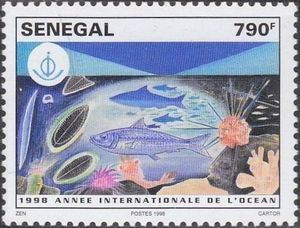Analysis of Geneva Lake’s zooplankton populations shows that the numbers of the little animals that populate the bottom of the lake’s food chain are continuing to disappear in disturbing numbers. In a written report to the Geneva Lake Environmental Agency board of directors on Thursday, Ted Peters, GLEA director, said that in an email the analyst doing the zooplankton count for the GLEA has indicated that other species of zooplankton are now also starting to disappear. “The problem is no longer limited to just the rotifers; the decline has now spread to the copepod nauplii, hence to that portion of the crustacean zooplankton and the daphnids are becoming fewer in number, too,” Peters said the analyst wrote. Plankton are microscopic plants (phytoplankton) and animals (zooplankton) that float throughout Geneva Lake, feeding and being fed upon. They are a vital link in the lake’s food chain. They are a primary food source for young fish.
The problem could be related to contamination of Lake Geneva with triazines. Irgarol 1051 is a recent herbicidal compound, inhibitor of photosynthesis, used in antifouling paints. This toxic is persistent in aquatic environments, with low abiotic and biotic degradation, highly phytotoxic, and has already been detected in estuaries and coastal areas, with suspected negative impacts on non-target organisms (aquatic plants and algae). The compound has previously been detected in water and macrophytes from marinas of Lake Geneva. The concentration of Irgarol 1051 was analysed in the water, and the most polluted site showed a higher level (up to 135 ng/L) than the lowest observed effect concentration for phytoplankton (8–80 ng/L), while the macrophytes appeared to be more tolerant to Irgarol 1051 in short-term tests. A microcosm study showed that phytoplankton structure might be even more sensitive to Irgarol 1051.
Sources:
Lake Geneva Regional News, July 26, 2017
http://www.lakegenevanews.net/news/lake-s-zooplankton-population-contin…
Bo Nystrom et al. Water Research 36 (2002) 2020–2028

- Login om te reageren
